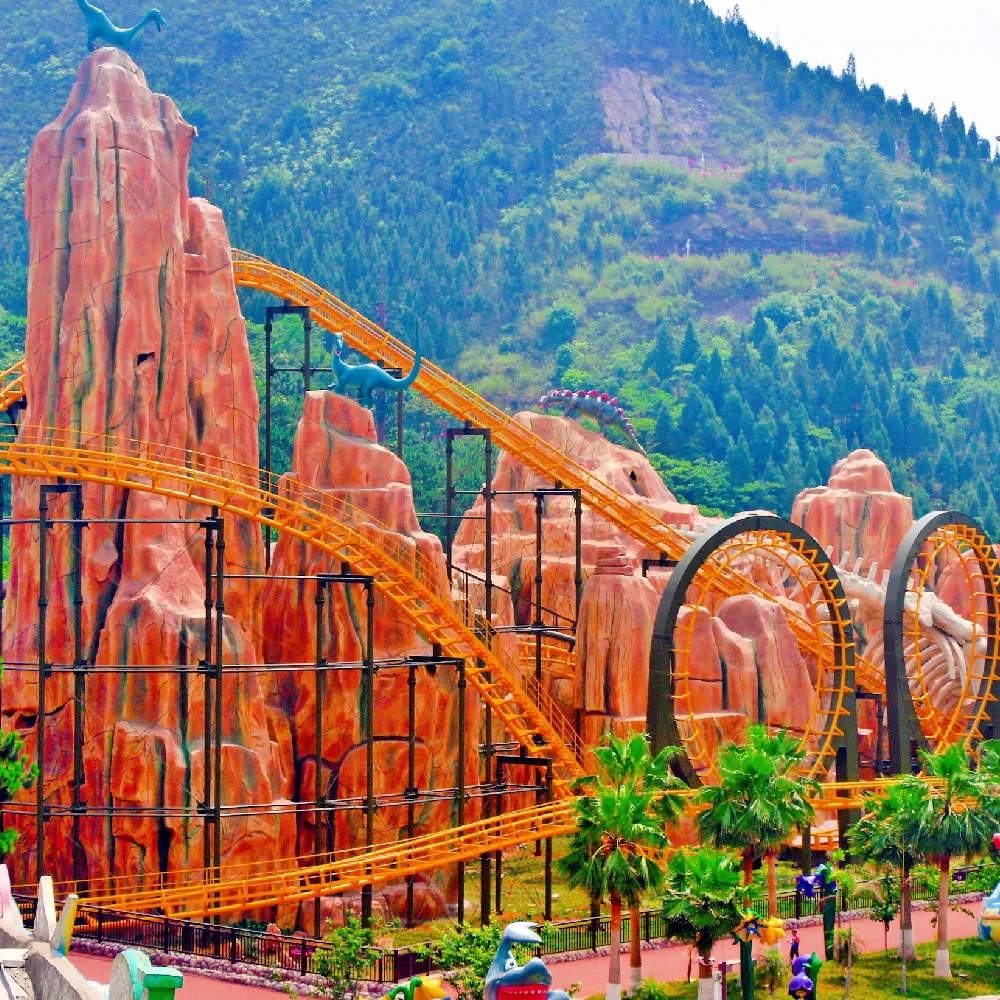- Albanian
- Arabic
- Belarusian
- Bengali
- Czech
- English
- French
- German
- Hebrew
- Hungarian
- Indonesian
- irish
- Italian
- Japanese
- kazakh
- Persian
- Russian
- Thai
- Uzbek
- Vietnamese
what is a flume coaster
What is a Flume Coaster?
A flume coaster is a type of amusement park ride that combines elements of a water flume ride and a traditional roller coaster, offering a unique thrill-seeking experience for riders of all ages. These rides typically feature a series of drops, turns, and water splashes that create a refreshing and exhilarating adventure. In this article, we will explore the characteristics, mechanics, and enjoyment factor of flume coasters, along with their evolution in the amusement park industry.
The Structure of Flume Coasters
At its core, a flume coaster follows a unique design with two fundamental components a water flume and a roller coaster track. The flume, usually made of fiberglass or other water-resistant materials, is designed to carry boats or cars that are filled with water. Unlike traditional roller coasters that rely solely on wheels on tracks, flume coasters facilitate both wheeled ride vehicles and water propulsion, making them a hybrid attraction.
One of the most distinguishing features of flume coasters is their steep declines. These drops can reach impressive heights, generating significant speed as the ride descends into water basins or channels. Riders can often expect to get splashed, adding a wet and wild dimension to the thrill. In addition to drops, flume coasters may include sharp turns, tunnels, and scenery enhancement, further immersing riders in the experience.
The Mechanics Behind the Thrill
The mechanics of a flume coaster rely on gravity and water dynamics. As the ride vehicles ascend a lift hill, they gather potential energy, akin to a traditional roller coaster. Once they reach the top, gravity takes over, propelling the vehicles down the slope. The combination of gravity and water flow creates an unmatchable thrill. The anticipation of a steep drop, coupled with the refreshing rush of splashing water, is what attracts riders to flume coasters.
what is a flume coaster

Additionally, flume coasters often utilize water jets and wave functions to provide further excitement. As the vehicles traverse the course, water may be sprayed or splashed, surprising and delighting riders. These additional elements amplify the overall experience, creating a ride that is not only thrilling but also immersive.
Popularity and Evolution
Flume coasters have gained immense popularity since their inception, evolving from simple water rides into complex attractions that combine technological advancements and creative storytelling. Early flume rides generally consisted of straightforward drops into pools of water, but as designs matured, so did the experience. Modern flume coasters often feature themes— such as movies, myths, or environmental scenarios— which enhance the narrative and emotional connection riders feel during the experience.
Amusement parks around the globe have embraced the popularity of flume coasters, with various designs and themes that cater to different audiences. Some parks offer family-friendly versions, allowing children and adults to ride together, while others feature high-thrill designs aimed at adrenaline junkies seeking an extreme experience.
Conclusion
In conclusion, flume coasters represent an innovative fusion of roller coasters and water rides that deliver a unique experience filled with excitement and surprise. They combine drops, turns, and splashes, leveraging both gravity and water dynamics to create thrilling adventures that appeal to a wide audience. As technology and design continue to evolve, flume coasters will likely remain a staple of amusement parks worldwide, captivating new generations of thrill-seekers while delivering the joy of water recreation and roller coaster exhilaration. Whether you are a seasoned rider or a first-timer, a flume coaster promises an unforgettable experience filled with excitement, adventure, and, of course, a good splash!
-
Flume Ride-Hebei Zhipao Amusement Equipment Manufacturing Co., Ltd.|Thrilling Water Attraction&NIST Safety StandardsAug.01,2025
-
Double Ferris Wheel Sale | Premium Custom RidesJul.31,2025
-
Flume Ride-Hebei Zhipao|Water-Based Attraction, Safety Standards, High-Speed DescentJul.31,2025
-
Flume Ride: Thrilling Water-Based Adventure & Advanced Engineering - Hebei ZhipaoJul.31,2025
-
Flume Ride-Hebei Zhipao Amusement Equipment Manufacturing Co., Ltd.|Thrilling Water Attraction&Customizable DesignJul.30,2025
-
Flume Ride - Hebei Zhipao Amusement Equipment | Water Coaster, Thrilling DescentJul.30,2025
